Andrew Peacock on Monday Motivation

My focus is on adventure travel photography and I don’t consider myself to be a wildlife photographer (yet!) but it’s a genre that has become increasingly important and interesting to me. I’ve just been to Kenya – my first visit – on a pro bono 10-day assignment documenting the work of the Grevy’s Zebra Trust (GZT). The Grevy’s zebra, one of three zebra species, is in trouble. There are only 2812 known animals left, a number well down from ~15,000 in the 1970’s and it is listed as an endangered species by the International Union for Conservation of Nature.
An important part of my brief was to capture images of this zebra in the context of it’s preferred grassland habitat which is increasingly under threat from the grazing of domestic livestock and repeated droughts which combine to reduce feed and water availability. I travelled initially to the GZT permanent field camp in Westgate Community Conservancy in the Samburu ethnic region. The Trust is actively working with conservancies and communities in northern Kenya to ensure the survival of this unique zebra species by increasing engagement in wildlife protection while still maintaining a traditional pastoral way of life.
This was my first experience photographing African wildlife and I was delighted to have the opportunity to do so with a clear purpose in mind. I consider myself an opportunistic photographer, I don’t spend a lot of time pre-planning and I don’t work with a concrete shot list in mind. I am thinking about three main elements and working mostly intuitively as I go about things. I seek good light, I try to compose very deliberately in-camera and I aim to capture a unique moment in time. Unusually for me, for this assignment I was heavily dependent on a prime telephoto lens, the Canon 600mm f4L IS.
We set out before dawn each day and the African sunrise never failed to impress me visually.
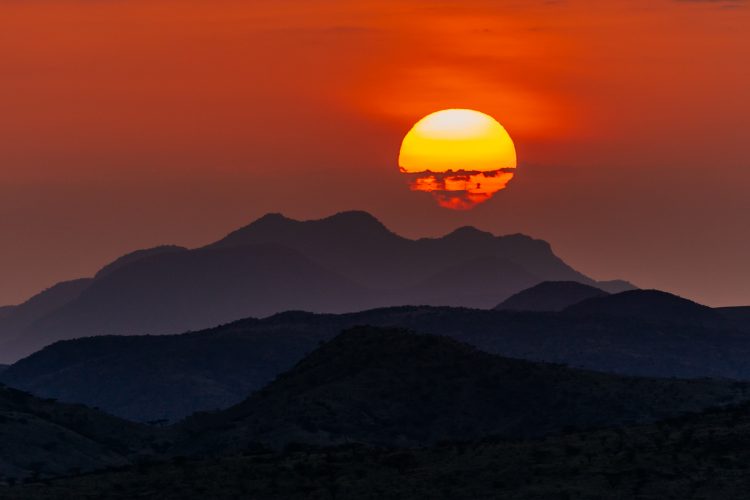
The golden hour of light was brief and the extreme daytime heat and dusty environment combined to create harsh conditions both for my equipment and me. I was excited to spot a small but skittish herd (a group of zebras is known as a dazzle) on my first foray into the field with the GZT team. The Grevy’s zebra is such a beautiful equid, its narrow body striping uniquely does not extend onto the belly and its ears are large and conical shaped in contrast to other species.
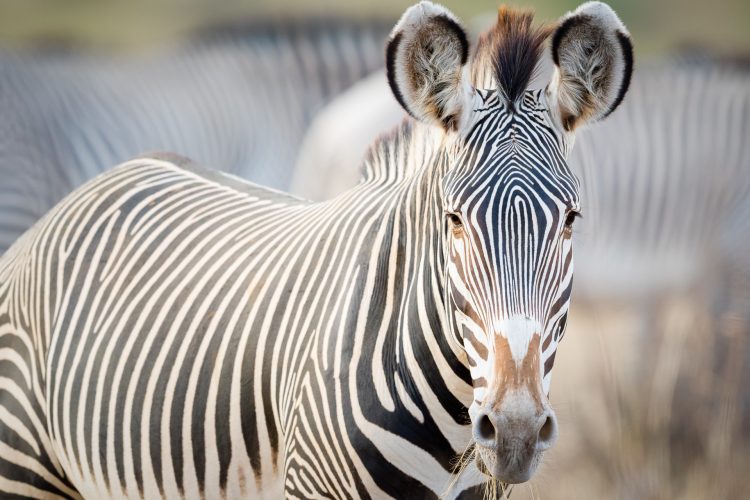
Shooting from the elevated and stable platform of an open tray Landcruiser meant I could use its rear bars to help stabilize myself whenever I was handholding the rather heavy 600mm lens.
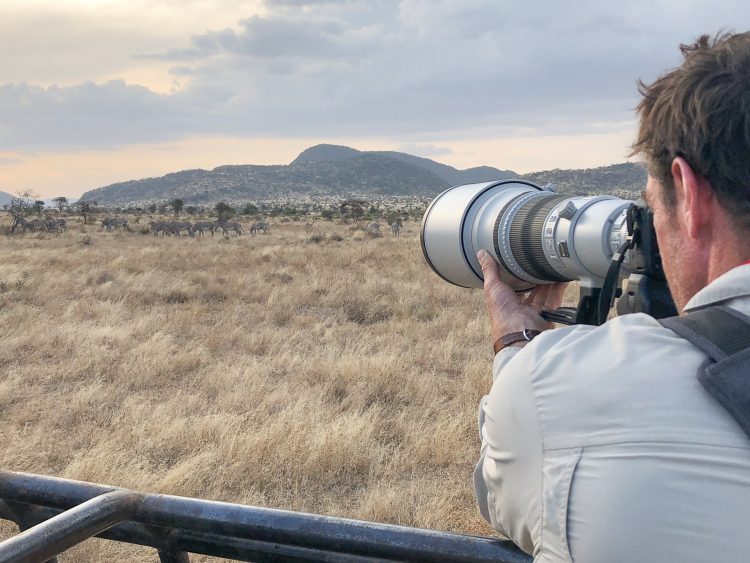
The zebras were reasonably happy when approached at walking speed by our vehicle and I had plenty of time to compose straightforward photos – portraits and wider-angle shots – of the animals together and individually as they grazed. It was interesting to see them moving together with other plains wildlife like Oryx.
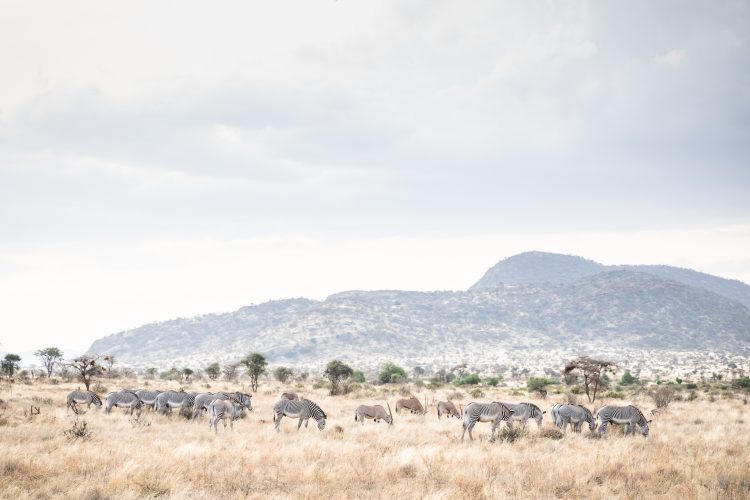
A ‘classic’ zebra image I hoped to create was an abstract photo composed to show only the stripes of a few zebras close together while eliminating other features. To do this we drove late in the evening to nearby Samburu National Reserve where we knew the animals would be more comfortable with us viewing them in a ‘safari’ setting. We found a large herd that allowed us to sit closely by and the light got better and better with the contrast improving markedly as sunset approached.
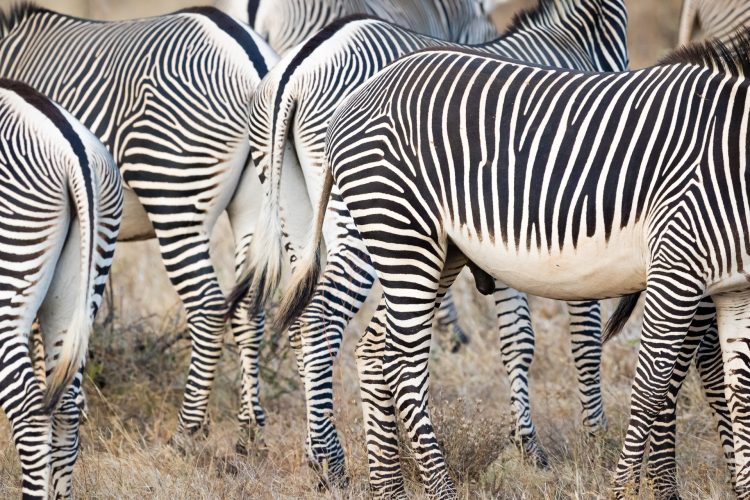
I experimented with a few different compositions before I found my favorite ‘preconceived’ image. I’m still not sure which is my favorite post-processing version, color or black and white? The difference is naturally quite subtle. What do you think?
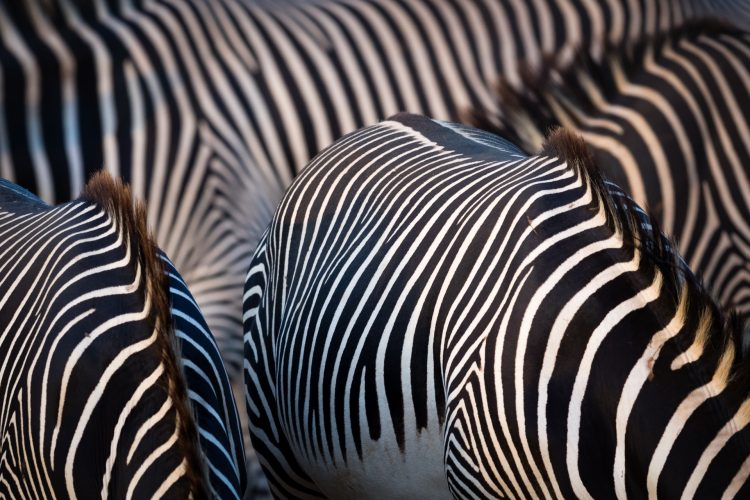
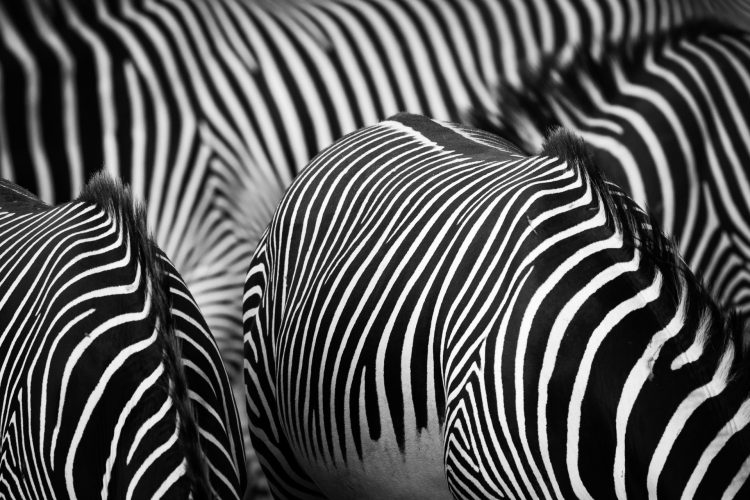
A next challenge was to photograph Grevy’s zebras outside of the Conservancy and away from any tourist visitation sites. The El Barta plains are known to be an important habitat but the GZT has no photos of zebras in that area. A long, hot day of rough road travel took us into this remote area. An early start from camp the next day saw a welcome golden hue in the sky and as we drove I scanned the plains ahead in the subdued light. Spotting a small group of Grevy’s already on the move but silhouetted at the top of a ridge in the distance I urgently banged on the driving cab and we shuddered to a halt. I leapt out with a 100-400mm lens and ran into the scrub to find an angle from where I could manage just a few frames of the zebras silhouetted before they disappeared over the hill. I didn’t nail the unique composition I was excited about when I first saw them but I got close to it!
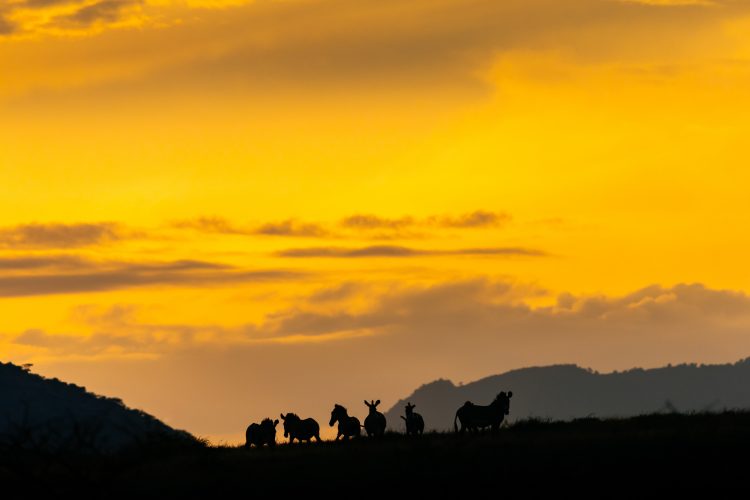
As the sun edged higher that day light cloud cover created nice diffused light, but as expected this was a very wary group of zebras and options for close up shots were limited. Photographing from a lower vantage point on the ground would allow me to blur the grass in the close foreground for a more engaging image and so I took to my feet again as we tracked them, this time with the 600mm.
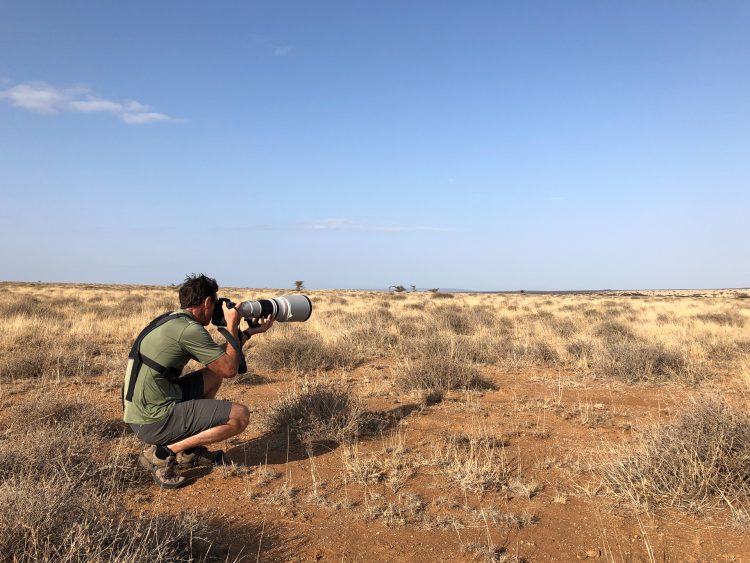
I had tried this in previous days without success as I learned the zebras were much more comfortable with people in a vehicle than on two legs. This time though with more patience and a steady, slow approach I achieved my aim with a nice image that the team at GZT – and I – are delighted with.
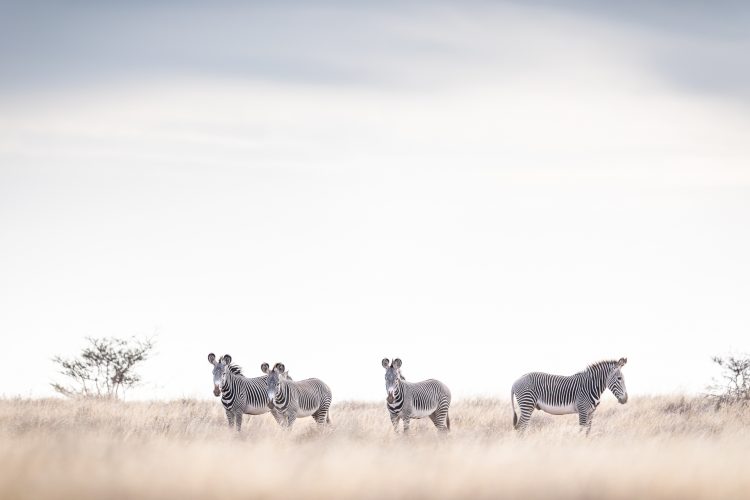
Thank you Andrew for an amazing insight into how photography and conservation work together! How do you think Andrew did in fulfilling the brief on his first wildlife photo assignment? You can learn more about him on his website, Instagram or Facebook.



